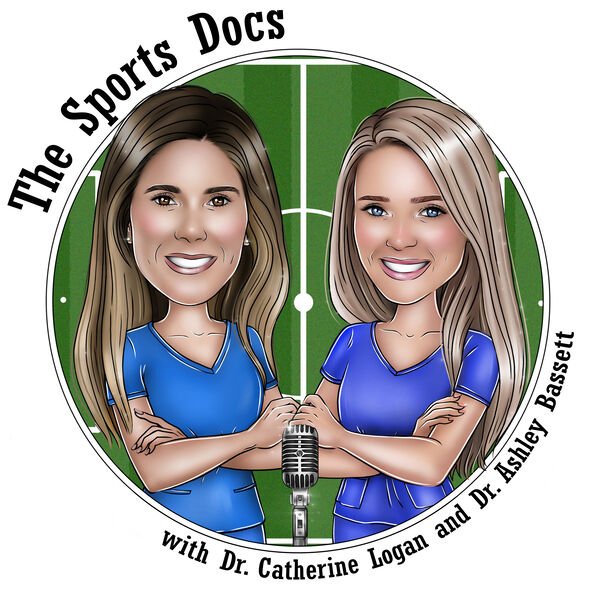14. Dr. Jo Hannafin: Building Teams in Medicine - Part I
On today’s episode we’re focusing on building teams in medicine. We’re joined today by Dr. Jo Hannafin who has an unparalleled depth and breadth in building teams through her work as a surgeon, a physician-scientist, a team physician for US Rowing and as a leader in the world of orthopaedic surgery.
Dr. Hannafin is board certified in orthopedic surgery and sports medicine and is the founder of the Women's Sports Medicine Center at HSS. Notably, she was the first female president of the American Orthopaedic Society for Sports Medicine and is also a past president of the Herodicus Society. In addition, she has served as vice president and secretary of the AOSSM board, chair of its committees on Enduring Education and Research, and as a member of numerous other AOSSM committees.
We have some great articles for you today that contribute well to our conversation on how to build high functioning teams in the field of sports medicine.. The first article hails from the Harvard Business Review and is titled, The Kinds of Teams Health Care Needs by Amy Edmondson. Ms Edmondson, a professor of Leadership and Management at HBS, opens this article by highlighting the challenges of working across teams in medicine, and breaking out of our silos. She discusses the tendency in medicine to value individual training, knowledge, and action; however, leaders must create structures that make teaming easier. Professor Edmondson provides examples on how leaders can reframe to promote cross-disciplinary collaboration.
Our second article is from MIT Sloan Management Review, entitled Establishing High-Performance Teams: Lessons from Health Care. The authors pondered the question: why is it that teams following the same best practices can achieve different results? They studied “new team formation” to understand why some teams succeed while others struggle. In their study of a dozen primary care clinics trying to establish multi-disciplinary health care teams, they identified 3 prototypical approaches to establishing team-based care:
Pursuing functional change only
Pursuing cultural change only
Pursuing both functional and cultural change processes
In looking at these prototypes, they then subdivided them into Low and High Performers; the highest-performing teams focused simultaneously on functional and cultural change.
